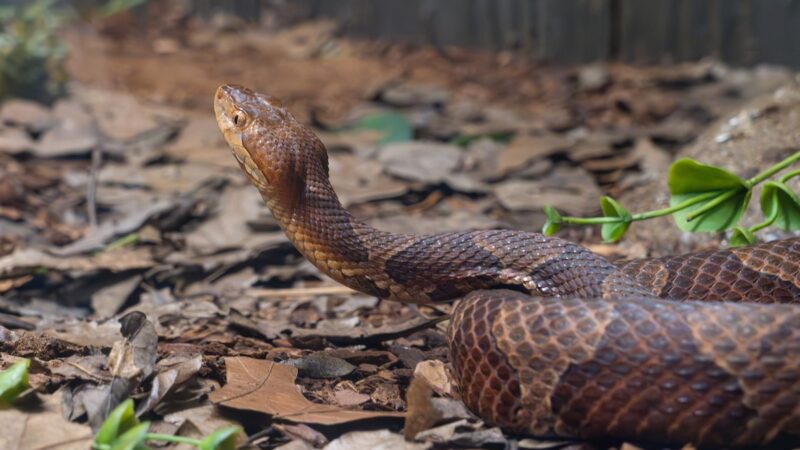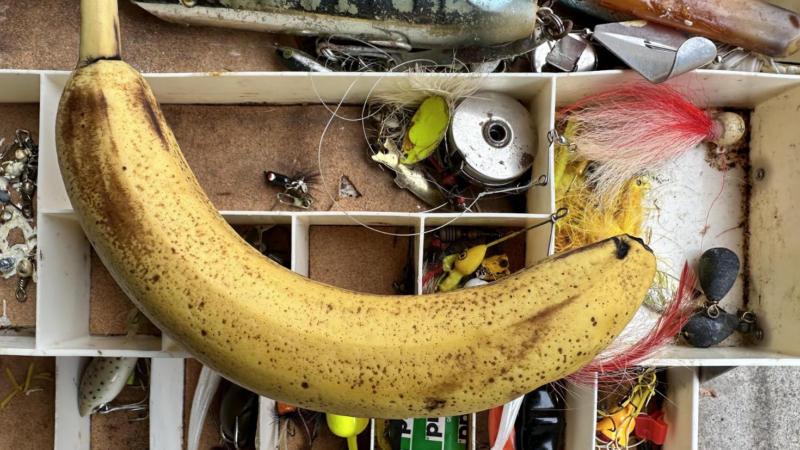Does Ultralight Gear Have to be Ultra-Expensive?
We may earn revenue from the products available on this page and participate in affiliate programs. Learn More ›
Over the years, ultralight backpacking has garnered an unfortunate reputation: obsessive, elitist, unsafe, prohibitively expensive. While we could debate the first three (obsessive is the only one I’d personally cop to), the charge that ultralight backpacking is more expensive is based on cherry-picking the most extreme examples.
While you can spend a pretty penny on going ultralight thanks to impressive lightweight materials like carbon fiber, Ultra, and Dyneema, there’s also plenty of affordable ultralight backpacking gear out there. That’s because the spirit behind ultralight backpacking is simply: carry less. So trimming down gear to just the basics is in the best interest of both your hike and your wallet.
Minimalism and Gas Station Hacks: Why Ultralight Backpacking Is Less Expensive than Traditional Backpacking
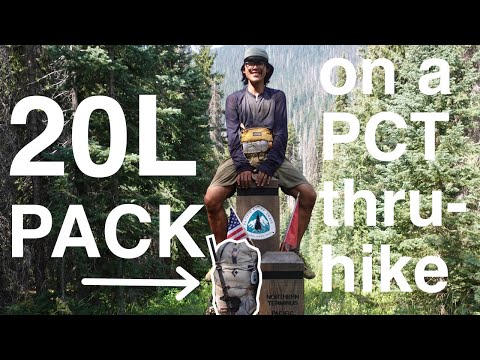
The first ultralight backpackers were dirtbags and hiker trash, and the most serious ultralight backpackers today are still dirtbags and hiker trash. These are not people with a lot of money; hell, a lot of these people don’t even have a job. And they can get away with this because they keep their expenses to the barest minimum possible. The best way to save money ultralight backpacking is to just buy a lot less stuff.
And this is still the best way to save money and ounces when ultralight backpacking. REI might be selling backpacking chairs, inflatable pillows, and a five-piece collapsible cookware set but that doesn’t mean you should buy it.
Ultralight backpackers are also forever finding “hacks” that look like they were pulled out of the dumpster behind a trail town gas station. Trash compactor bags instead of pack liners. Disposable water bottles and plastic spoons instead of Nalgenes or sporks. While hiking the Colorado Trail in 2017, I met a fastpacker who had just picked up a pair of rubber dishwashing gloves that he swore were lighter and warmer than any of the best hiking gloves. And I’m not going to judge, not when my favorite toothpaste for backpacking is baking soda.
Dyneema and 900 Fill Power Down: Why Some Ultralight Gear Gets Out of Hand
Of course no one is complaining about the cost of toothpaste when they are complaining about the cost of ultralight backpacking. They are complaining about the cost of the big-ticket items: backpacks, tents, and sleeping bags. It’s easy to spend upwards of $1,000 on just the big three. You could even spend $1,000 on one of these items: The three-person version of our favorite freestanding ultralight tent (the Zpacks Free Zip) is a cool $999.
Tents
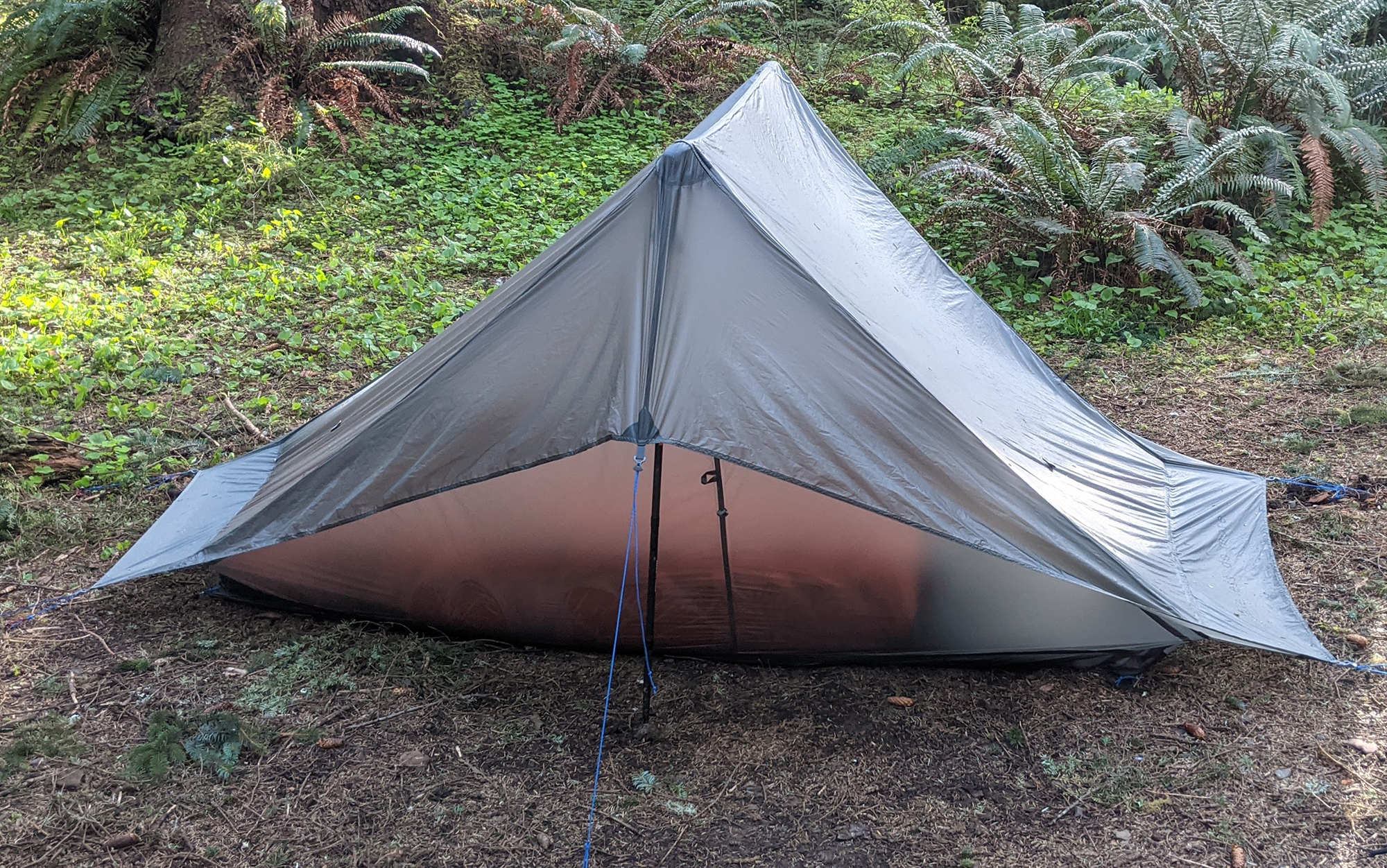
A lot of the time, the culprit with these big-ticket items is the cost of materials. Take Dyneema, a popular fabric used in backpacking tents due to its light weight and natural water resistance. It’s also ridiculously expensive, to the tune of four to six times the cost of silnylon. An easy way to see how using expensive materials like Dyneema impacts the price of a tent is to look at Dan Durston’s offerings. His X-Mid 2 trekking pole tent, made from silnylon, will cost you $270. The X-Mid 2 Pro, made from Dyneema but with the same tent geometry, costs $640. Oh, you wanted the floor made from Dyneema, too? That’ll be an extra $100.
For an extra $400, you can cut the weight of your tent in half. Per Durston, the X-Mid 2 weighs 2 pounds, 6.4 ounces, while the X-Mid 2 Pro weighs 1 pound, 5 ounces. Ultralight backpackers who are obsessed with weight savings will see $400 for 1 pound, 1.4 ounces to be an absolute steal; everyone else thinks they are lunatics.
But what gets lost in all of this is that Durston’s X-Mid 2 is an awesome buy. Especially compared to how much you are going to spend (and how much weight you are going to carry) if you roll into a big box store and plunk down your credit card. Take for example, the Big Agnes Copper Spur. An excellent tent, which tops the bestselling list at REI in the two-person category. This tent retails at $530 and weighs 3 pounds, 2 ounces. Things are a little better (or worse, depending on your perspective) over at Cabela’s, where the most reviewed backpacking tent is the Marmot Tungsten. This one squeaks out the X-Mid 2 price point by coming in at $240, but weighs 5 pounds, 14.2 ounces. That’s getting to a weight that even the most staunchly traditional backpackers won’t carry it.
Cost-Effective Ultralight Tents
Gossamer Gear
Tarptent
- Protrail $239
- Double Rainbow $299
Six Moon Designs
Durston
Sleeping Bags

The cost of materials issue is even more dire with the best ultralight sleeping bags. As discussed in our deep dive on Primaloft vs Down, the cost of typical 550 to 650 fill power down fluctuates with the demand for duck and goose meat in China. That’s because so little down is produced from an individual duck that no one would raise them just for the down. But the higher quality down — the 800 or 900 fill power down — is even more elusive.
This down only comes from older geese, well past the age that geese raised primarily for its meat would live to. Higher fill power down comes from geese that are kept for breeding or raised for foie gras. A quick note on ethical considerations: Because of the potential for mistreatment of the animals through either force-feeding or live plucking, it’s important to look for down products that are certified by the Responsible Down Standard (RDS).
Due to the rarity of quality down, ultralight sleeping bag prices can get out of control — $600 is pretty standard, which is nuts. In our review of the best backpacking sleeping bags, the comparatively cost-effective 800 fill-power Therm-a-Rest Parsec is $470, while the 550 fill-power Kelty Cosmic Down is $160. But the difference in weight between the 550 fill power down sleeping bag and a 800 fill power down sleeping bag is also pretty significant. The Parsec is 1 pound, 12 ounces, while the Cosmic Down is 2 pounds, 7 ounces.
And this is why most ultralight backpackers don’t use ultralight sleeping bags — they use backpacking quilts. Because quilts don’t have any down on the underside, they are typically less expensive than full-blown sleeping bags. As with all things ultralight, the idea here is to ruthlessly trim inefficiencies: 900 fill power down that your body is sleeping on top of can’t loft, so you don’t need it. (You do need an R-rated backpacking sleeping pad appropriate for your conditions, but you needed that anyway.)
Read Next: What is R Value? It’s Why Your Sleeping Bag Doesn’t Keep You Warm
You can see the savings here even in a more extreme ultralight brand like Zpacks. Their 900 fill-power hoodless sleeping bag is $480, while their 900 fill-power quilt is $400. Ultralight quilt mainstay Enlightened Equipment takes it one step farther: They not only let you choose between a $345 850 fill-power quilt and a $420 950 fill-power quilt (weight savings of a little less than 2 ounces) but you can also opt for a $220 synthetic quilt that only weighs 2 pounds, 1 ounce.
Cost-Effective Ultralight Sleeping Bags and Quilts
Enlightened Equipment
Outdoor Vitals
Hammock Gear
- Burrow 20 $295
Backpacks
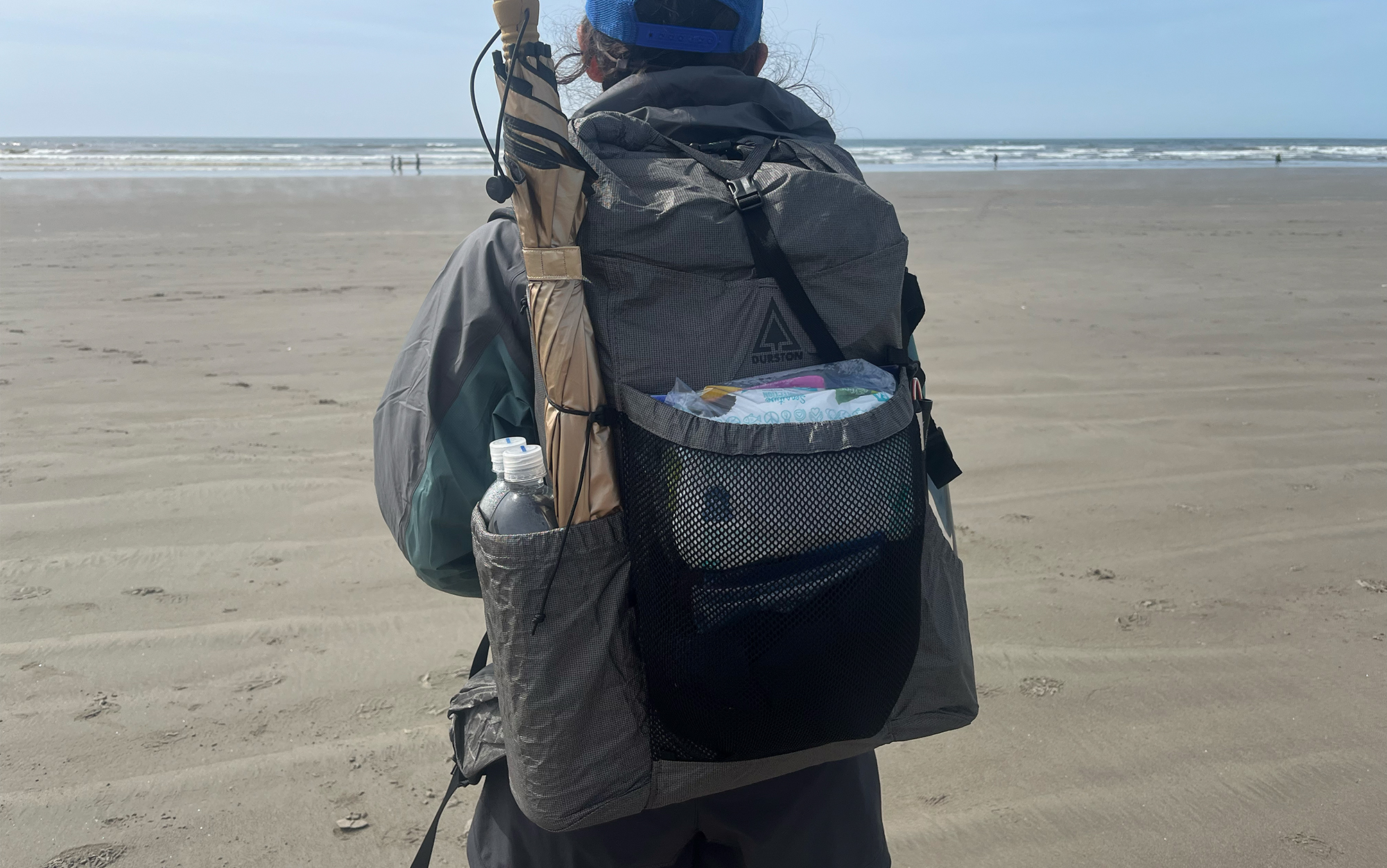
Ashley Thess
This one is easy: a lot of traditional-style backpacking backpacks are heavy and no cheaper than their ultralight counterparts. The likes of the 5.5-pound Mystery Ranch Bridger and the 4.5-pound Osprey Atmos cost $375 and $340 respectively. A 2.5-pound ULA Circuit in Robic costs $300. And even when the price points do start to get a little high, the culprit is usually pricey materials — in this case, more Dyneema and a newer fabric called Ultra.
Cost-Effective Ultralight Backpacks
Gossamer Gear
Durston
Granite Gear
- Perimeter 50 $250
- Crown3 60 $240
Cost Comparison Table
Still don’t believe me? Let’s take a look at the bestselling big three from REI and compare them to the top picks from the best backpacking tents, best backpacking backpacks, and best backpacking quilts.
| Category | Our Best Overall Pick | Price | REI’s Bestseller | Price |
| Tent | Gossamer Gear The Two | $320 | Big Agnes Copper Spur | $530 |
| Backpack | ULA Circuit | $300 | Gregory Paragon | $260 |
| Quilt / Sleeping Bag | Ghost Pepper Topquilt | $390 | Nemo Disco | $270 |
| Total Weight | 4.9 pounds | 8.6 pounds | ||
| Total Cost | $1,010 | $1,060 |
Final Thoughts
The trope that ultralight gear is ultra-expensive is old and tired. Some materials, like Dyneema and high fill power down, are expensive. Most of the gear by most of the cottage companies is significantly less expensive than conventional backpacking gear. Don’t shy away from lightening your load (and hiking farther) with affordable ultralight backpacking gear.
The post Does Ultralight Gear Have to be Ultra-Expensive? appeared first on Outdoor Life.
Source: https://www.outdoorlife.com/gear/affordable-ultralight-backpacking-gear/



